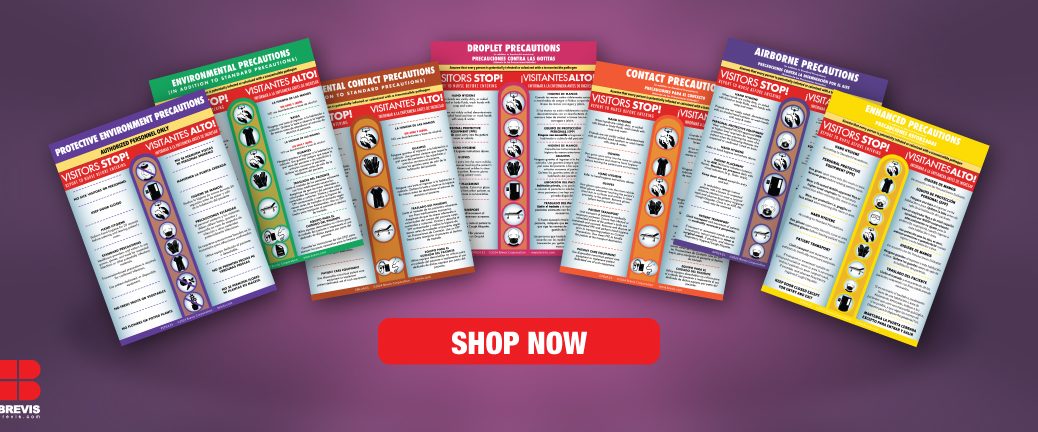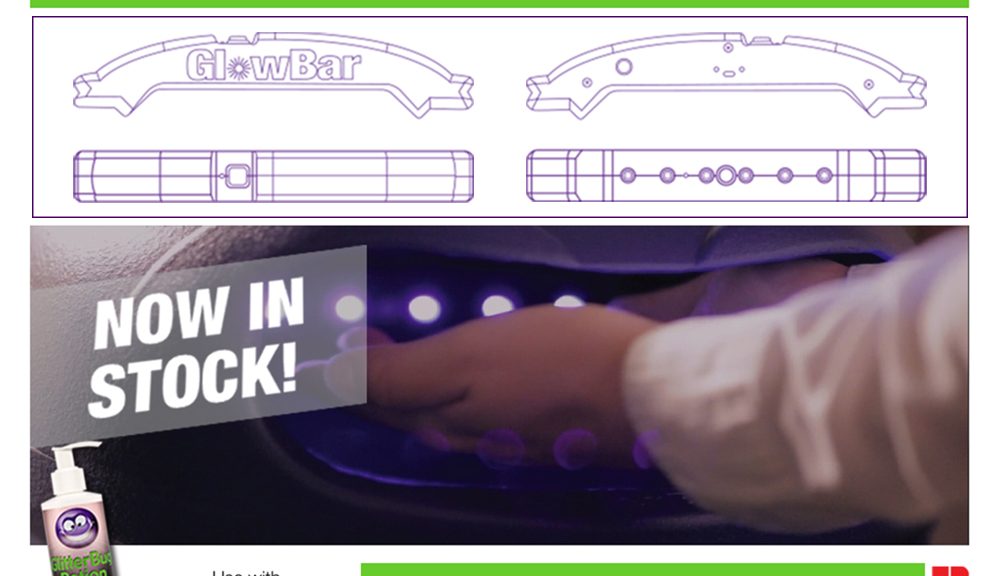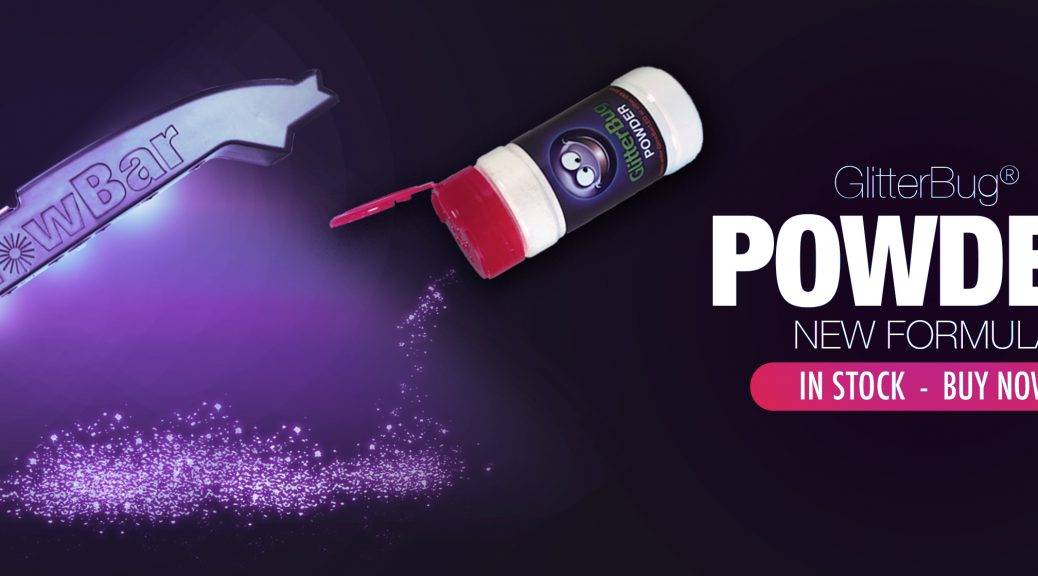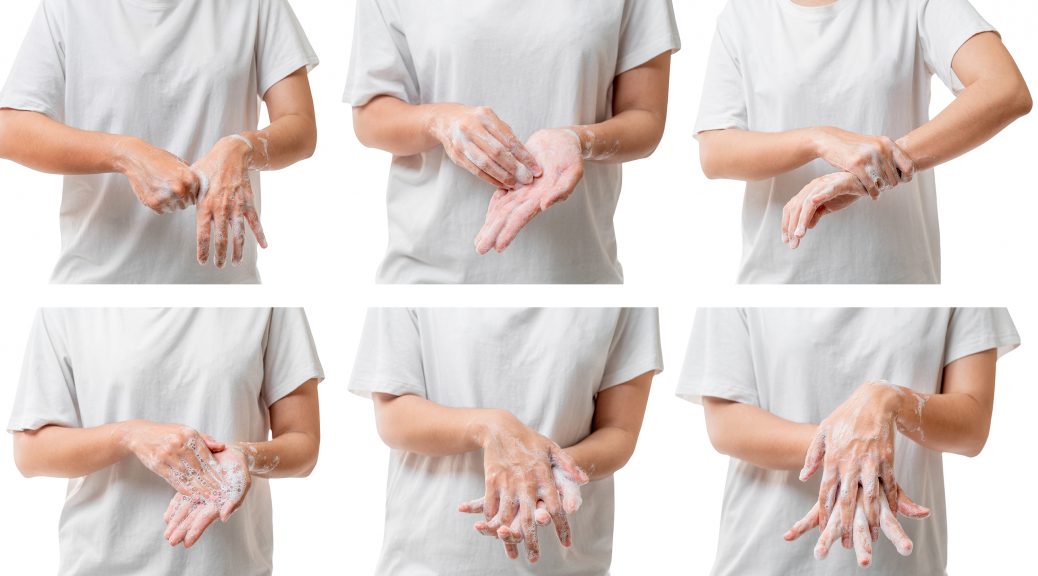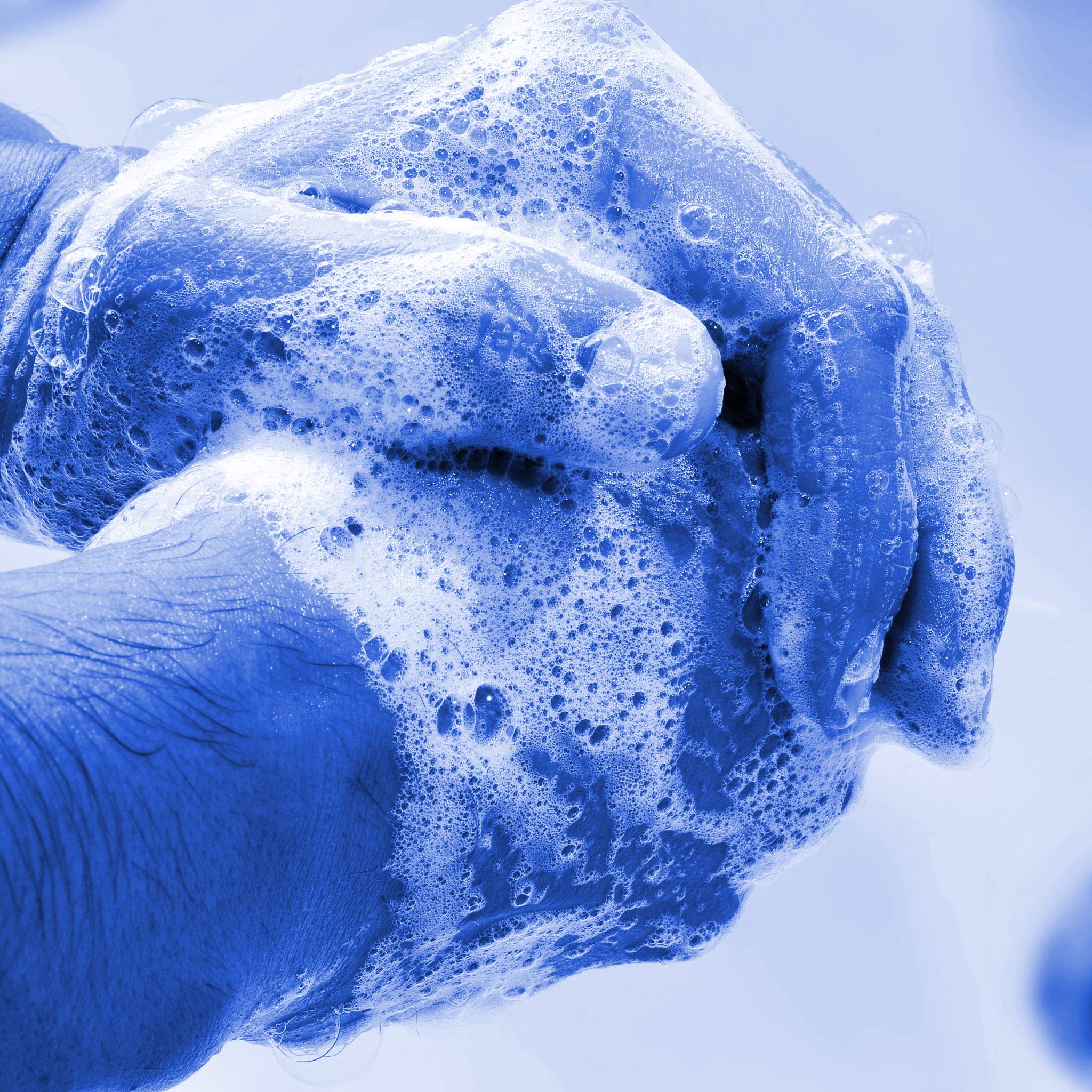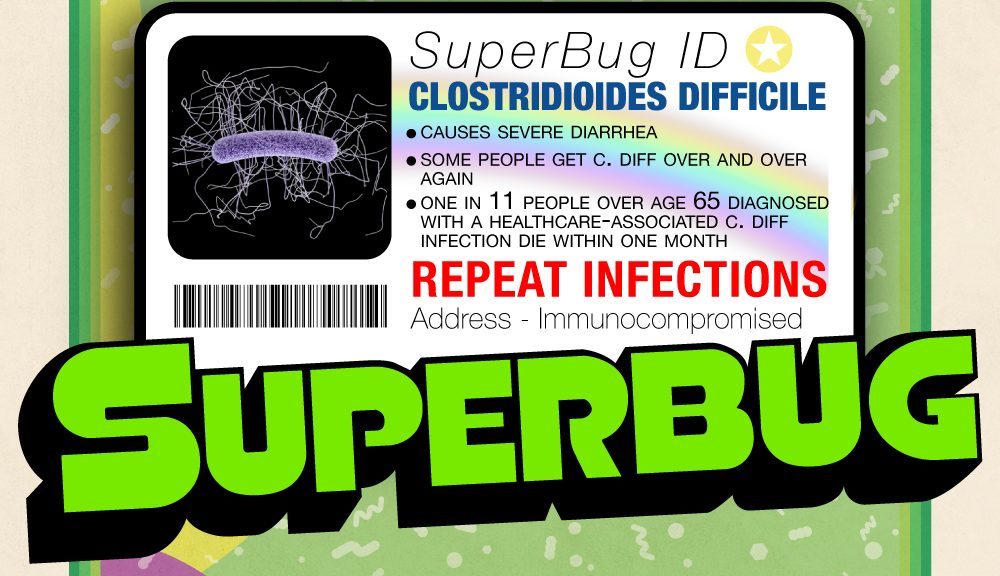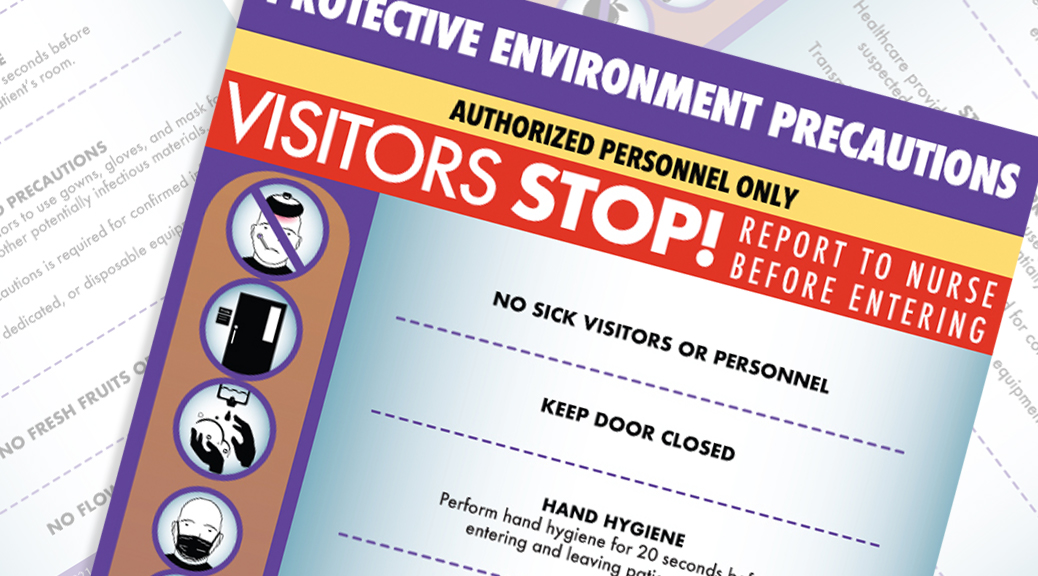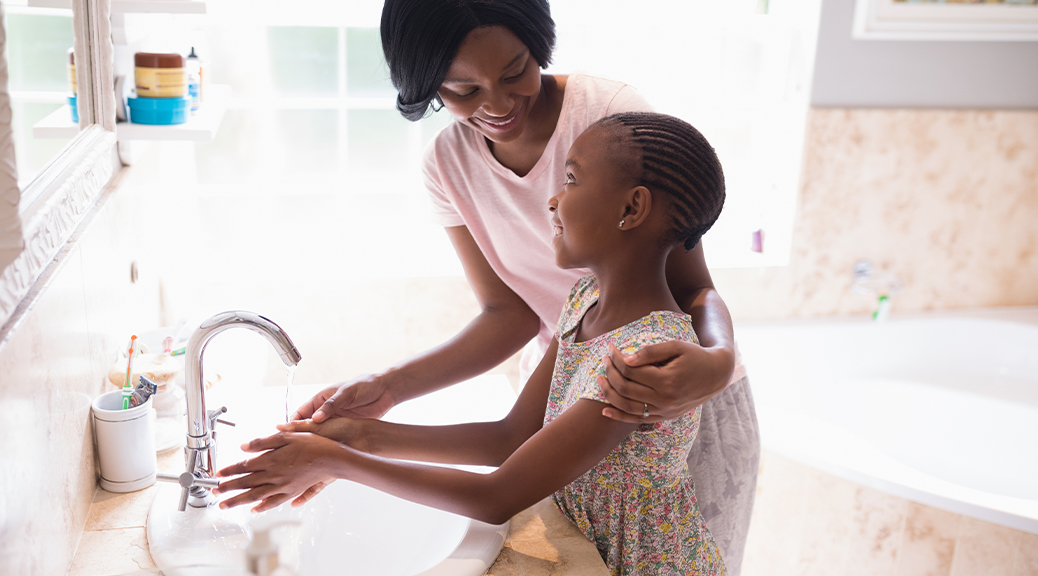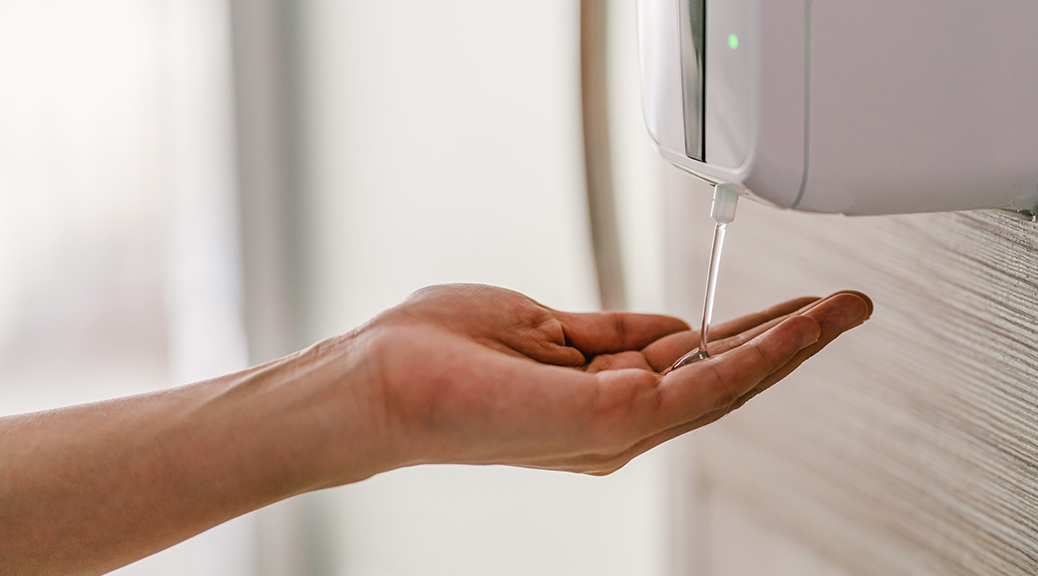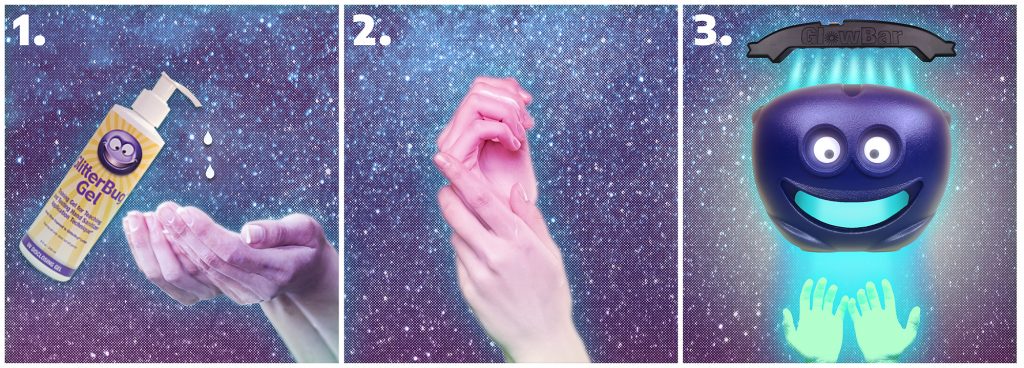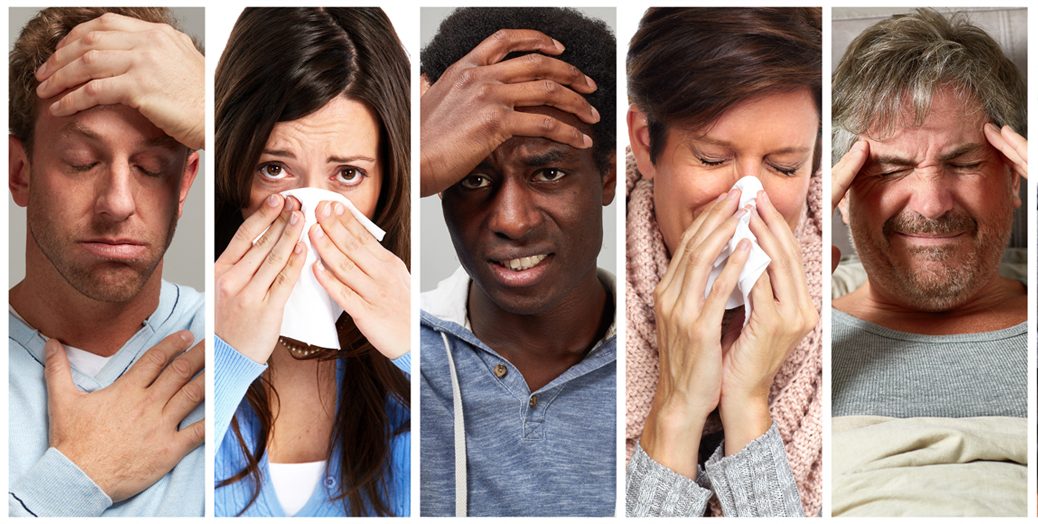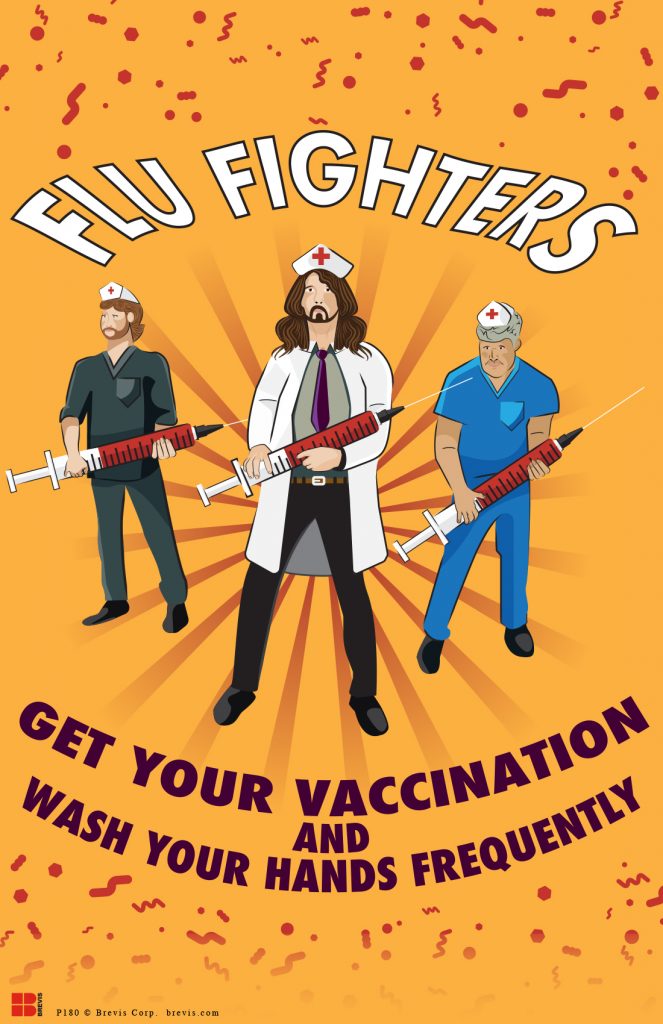As we all know, hand washing is one of the most effective ways to prevent the spread of germs and infections. However, simply washing our hands is not enough. We need to ensure that we are washing our hands properly and for the right amount of time. That’s where hand washing verification comes in.
Hand washing verification is the process of ensuring that individuals are washing their hands correctly and for the recommended amount of time. This can be done through a variety of methods, including visual inspection, using ultraviolet light to detect fake germs, and even using technology such as hand washing monitoring systems.
In this article, we will discuss the importance of hand washing verification, the different methods used to verify hand washing, and why it is crucial to implement this practice in various settings.
Why Hand Washing Verification is Important
Hand washing verification is critical to ensuring that individuals are effectively preventing the spread of germs, diseases and infections. Without proper hand washing, germs can easily spread from person to person, leading to illnesses and even outbreaks.
Research has shown that many individuals do not wash their hands correctly or for the recommended amount of time. In fact, a study conducted by the Centers for Disease Control and Prevention (CDC) found that only 31% of men and 65% of women washed their hands after using a public restroom. This highlights the need for hand washing verification to ensure that individuals are washing their hands correctly.
Different Methods of Hand Washing Verification
There are several methods used for hand washing verification, including visual inspection, ultraviolet light, and hand washing monitoring systems.
Visual Inspection
Visual inspection is the most basic form of hand washing verification. It involves observing individuals as they wash their hands to ensure that they are washing them correctly and for the recommended amount of time. This method is commonly used in healthcare settings, where hand hygiene is critical to preventing the spread of infections.
Ultraviolet (UV) light is another method used for hand washing verification. UV light can detect synthetic germs that are not visible to the naked eye. This method involves applying a substance to the hands that contains fluorescent particles. When the hands are exposed to UV light, the particles will glow, indicating areas where the hands were not washed thoroughly.
GlitterBug® GBX Handwashing Teaching Kit
Hand Washing Monitoring Systems
Hand washing monitoring systems are the most advanced method of hand washing verification. These systems use technology such as sensors and cameras to monitor hand washing in real-time. They can detect when an individual enters a hand washing station, monitor the duration of hand washing, and even provide feedback to the individual to ensure that they are washing their hands correctly.
Implementing Hand Washing Verification
Hand washing verification should be implemented in various settings, including healthcare facilities, schools, and workplaces. It is crucial to educate individuals on the importance of hand washing and provide them with the tools they need to ensure that they are washing their hands correctly.
In healthcare settings, hand washing verification is critical to preventing the spread of infections. Healthcare workers should be trained on the correct hand hygiene procedures and monitored to ensure that they are following these procedures.
In schools, hand washing verification can help prevent the spread of illnesses among students. Teachers should educate students on the importance of hand washing and provide them with the tools they need to wash their hands correctly, such as hand sanitizer, soap and disposable towels.
In workplaces, hand washing verification can help prevent the spread of illnesses among employees. Employers should educate employees on the importance of hand washing and provide them with the tools they need to wash their hands correctly, such as hand sanitizer or soap with paper towels.
Frequently Asked Questions about Hand Washing
- What is hand washing verification?
Hand washing verification is the process of ensuring that individuals are washing their hands correctly and for the recommended amount of time.
- Why is hand washing verification important?
Hand washing verification is important to prevent the spread of germs and infections

